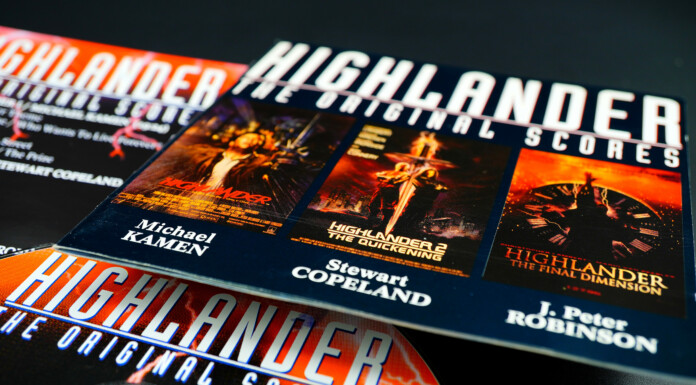Anyone who was a teenager in the 1980s is almost certain to be familiar with the movie ‘Highlander’.
Directed by Aussie Russell Mulcahy, it stars Christopher Lambert as the eponymous kilted one who, in the course of being stabbed repeatedly during a brutal battle, discovers that – rather handily – he happens to be immortal.
Lambert’s character Connor MacLeod [who, despite his Scots origins, sports an accent that sounds suspiciously like the actor’s native French] meets another immortal – a Spaniard played by Sean Connery [with a Scottish accent, naturally] who clues him in on the fact that there’s actually a whole bunch of immortals roaming the world murdering one another, on the understanding that the last one standing will receive some kind of prize.
Needless to say, violent hijinks ensue and, with the aid of a soundtrack by Queen, this profoundly silly story manages to come close to being the epitome of a certain kind of so-bad-it’s-good ’80s awesomeness.
The movie spawned several sequels and a television series, but it’s the second in the series – ‘Highlander II: The Quickening’, – that we’re [sort of] concerned with today.
Set in 2024, it finds MacLeod in a dystopian future in which industrial pollution has destroyed Earth’s ozone layer, leading to millions of deaths due to the sun’s unfiltered rays and necessitating the construction of an electromagnetic shield to protect the Earth from radiation.
Although the shield succeeds in that task, it also has the consequence of plunging the planet into constant darkness, condemning humanity to suffer from a permanent case of seasonal affective disorder that’s exacerbated by the global corporation that controls the shield extorting an ongoing fortune from countries in return for continued protection.
At the time of the movie’s 1991 release, the beyond-ropey plot prompted a few questions, chiefly “What were the writers on when they came up with this, and where can I get some?”
Much more recently, it’s raised the question of whether Bill Gates has access to the same supply as those screenwriters.
Because believe it or not, the Microsoft billionaire – who transformed himself into a “philanthropist” with a finger in pretty much every pie on the planet after his attempt to create a software monopoly was thwarted by US antitrust laws – has been promoting the idea of blocking out the sun to save us all from climate change.
To be fair, the Gates-funded project that intended to spray calcium carbonate [an ingredient in heartburn tablets] into the atmosphere in the skies over northern Scandinavia in 2021 was ultimately canned after local Indigenous groups and environmentalists objected.
But there are other billionaires lining up with similarly, uh, brilliant ideas for combating climate change.
George Soros’ preferred approach, for example, involves brightening the clouds over the Arctic to reflect the sun’s energy away from the melting ice caps, while Jeff Bezos has been investigating injecting huge amounts of sulphur dioxide into the atmosphere.
Whether one should be heartened or alarmed by such innovative approaches is anyone’s guess – as is the viability of the various solar farm developments earmarked for Wairarapa, should any of these billionaires’ brainwaves get off the ground.


